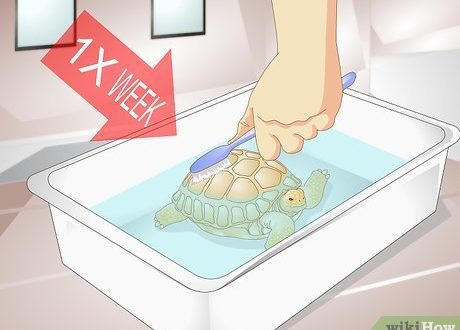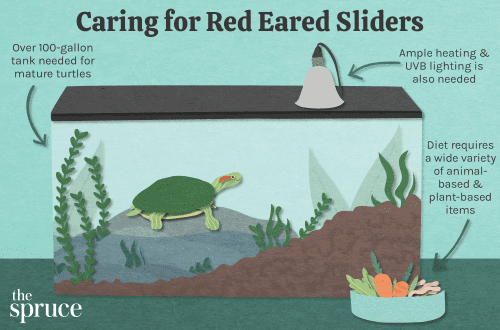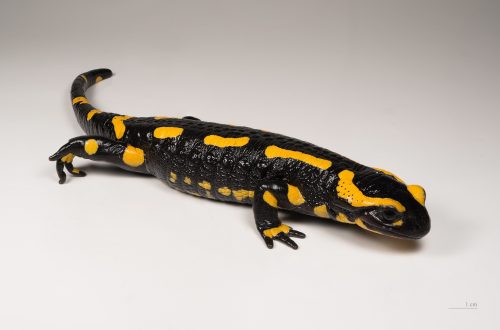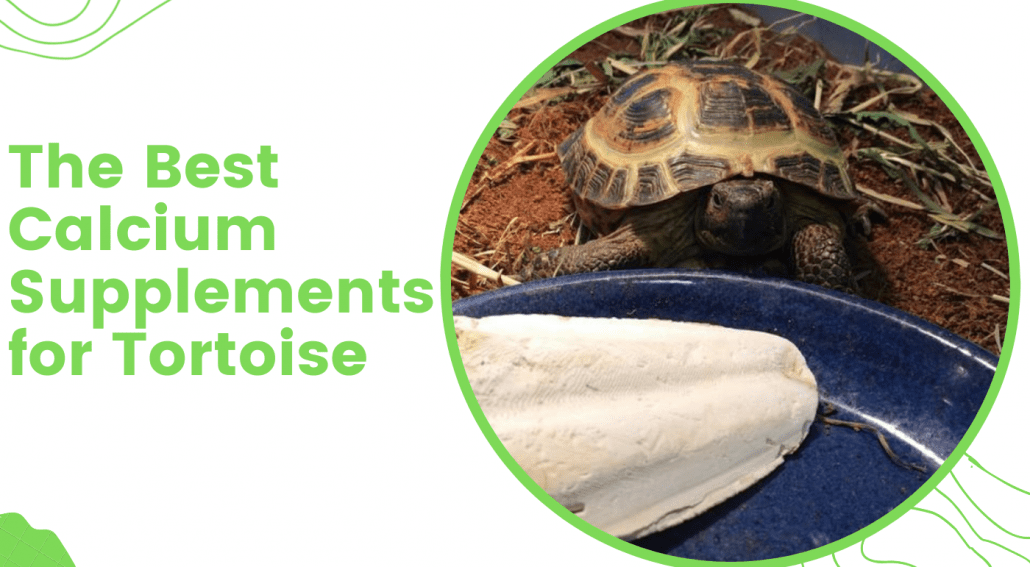
Vitamins and calcium for red-eared and tortoises
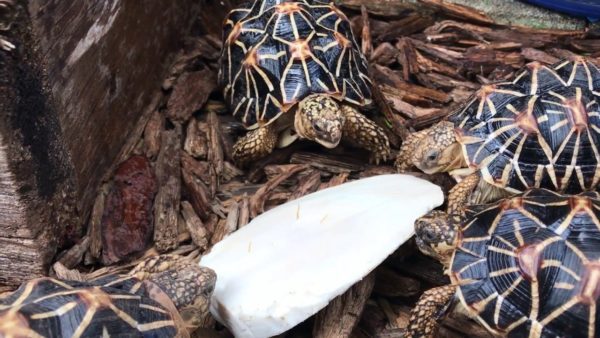
Recently, more and more turtle lovers have appeared, exotic animals attract buyers with their appearance and unusual behavior. Land and water turtles, when kept at home, require specific equipment, a balanced diet, and vitamin and mineral supplements. Without a sufficient amount of vitamins and calcium entering the body of land and aquatic reptiles, animals develop a number of systemic diseases, most often ending in death.
Contents
Vitamins for turtles
Vitamins, especially during the growth period of reptiles, are a necessary element for the harmonious development of all organ systems, the formation of the skeleton and shell. Both aquatic and terrestrial turtles need three essential vitamins throughout their lives: A, E and D3. In addition, calcium is a vital element for reptiles. All other trace elements and vitamins most often enter the animal’s body with any feeding in an amount sufficient for the life of the body.
Vitamin A for the red-eared and Central Asian turtles, it is a kind of regulator of growth and normal metabolism, it improves the resistance of the animal’s body to infectious and non-contagious pathologies. With a lack of retinol in aquatic turtles, diseases of the eyes and nose develop, manifested in swelling of the organs of vision and mucous nasal discharge. Beriberi in tortoises, in addition to eye damage, is often accompanied by prolapse of the cloaca and intestinal pathologies.
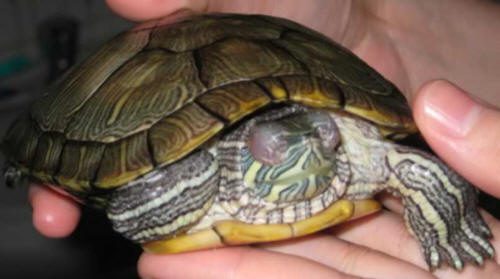
Vitamin E in land and aquatic turtles, it regulates the work of hematopoietic organs, normalizes hormonal balance and protein consumption. With sufficient intake of tocopherol in the body of reptiles, an independent production of an equally important element, ascorbic acid, occurs. The lack of tocopherol in the Central Asian and red-eared turtles is expressed in the development of irreversible changes in the subcutaneous tissue and muscle tissue, the occurrence of impaired coordination of movements up to paralysis of the limbs.
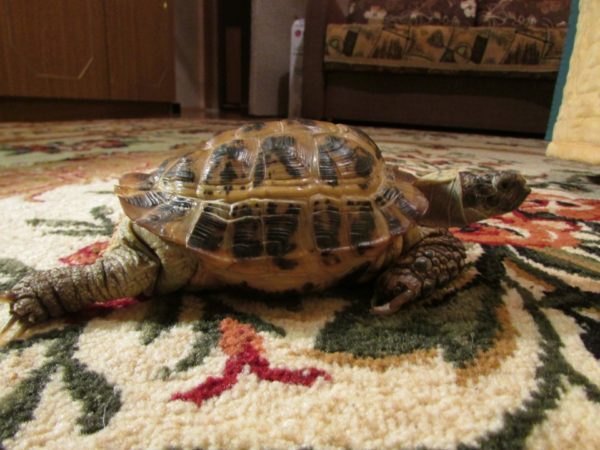
Vitamin D3, first of all, it is necessary for young animals during a period of intensive growth, it is responsible for the absorption of calcium and phosphorus, necessary for the formation of the skeleton. Vitamin D is involved in metabolism and increases the reptile’s resistance to infectious diseases. Deficiency or complete absence of this vitamin in the body of a turtle leads to a deadly disease – rickets. Pathology at the initial stage is manifested by softening and deformation of the shell, later bleeding, swelling, paresis and paralysis of the limbs occur. Very often, rickets leads to the death of an exotic animal.
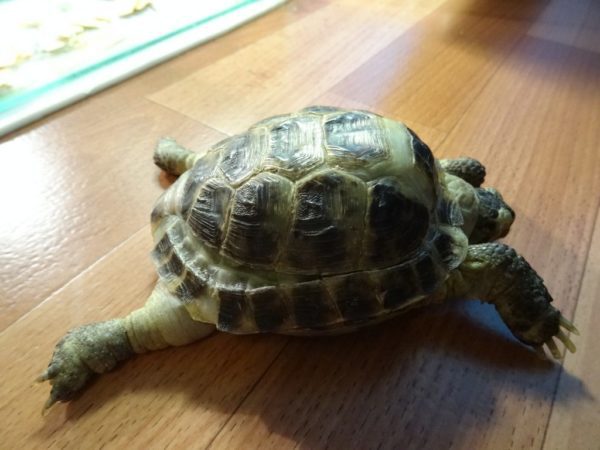
The necessary elements for the normal life of turtles are B and C vitamins, most often coming with the main food of a pet. Also, the animal must receive sufficient phosphorus, calcium and collagen.
A veterinarian should prescribe mono- or multivitamin supplements. The therapeutic dose of some vitamins and microelements is close to lethaltherefore, their slightest dosage can cause the sudden death of a beloved reptile. Selenium and vitamin D2 are absolute poisons for turtles; vitamins E, B1, B6 are safe in any amount. When adding vitamin elements A, B12, D3 to the diet, the dosage must be strictly observed, their excess is deadly for exotic pets.
Vitamins for tortoises
Central Asian turtles need a much larger intake of a variety of vitamins and minerals than their waterfowl counterparts. In addition to a properly balanced diet and the introduction of vitamin and mineral supplements, a necessary condition for normal life is the irradiation of animals with an ultraviolet lamp for reptiles. Radiation sources contribute to the natural production of vitamin D3 in the body of turtles.
The source of many vitamins for reptiles is a varied diet. Vitamin A is found in nettle and dandelion leaves, carrots, lettuce, cabbage, spinach, green onions, parsley, bell peppers, apples, which must be carefully dosed to avoid retinol overdose.
The source of vitamin D for land turtles is avocado, mango and grapefruit, vitamin E – sprouts of barley, wheat and rye, sea buckthorn berries, rose hips and walnuts. Ascorbic acid is found in large quantities in nettle, dandelion, cabbage, coniferous needles, citrus fruits and rose hips.
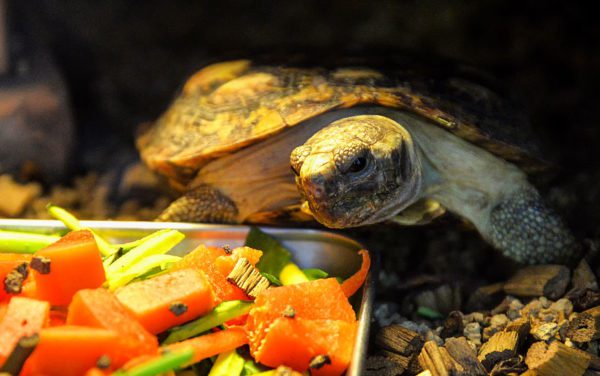
Even with a balanced diet, Central Asian turtles of any age should be given vitamin and mineral supplements for reptiles. It is best to purchase preparations in the form of a powder, which is sprinkled on the food of a land reptile.
Oil and liquid supplements are inconvenient to use due to the risk of overdose. It is forbidden to give dressings directly into the mouth and smear them on the shell.
The name of the vitamin preparation and its dosage should be prescribed by a veterinarian. The frequency of administration and dose of a mono- or polyvalent supplement depends on the weight, species and age of the animal. Young animals are given vitamin preparations every other day, adults and elderly individuals – 1 time per week.
Vitamins for red-eared turtles
Although red-eared turtles are considered predators, they are most often classified as omnivorous reptiles. Water pets should receive in sufficient quantities not only raw protein products of animal origin, but also herbs, greens, vegetables. As with land relatives, an indispensable condition for the proper maintenance of red-eared turtles is the installation of a source of ultraviolet radiation.
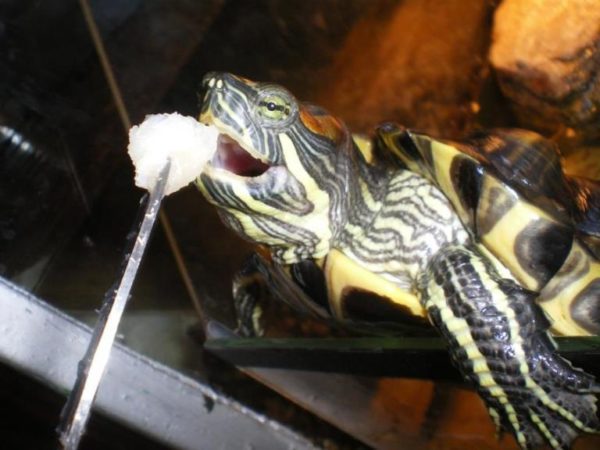
Waterfowl reptiles get most of the vitamins from food; for this, the diet of redwort should consist of the following products:
- beef liver;
- sea fish;
- egg yolk;
- butter;
- greens – spinach, parsley, green onions;
- vegetables – cabbage, carrots, apples, bell peppers;
- nettle and dandelion leaves.
To meet the vitamin needs of growing young animals, it is recommended to purchase multivitamin supplements in the form of powders. It is unacceptable to pour additives into the water; they are given to a pet with the main food. Most often, with a balanced varied diet, excellent health and good appetite, adult red-eared turtles do not require the addition of vitamin and mineral complexes.
Calcium for tortoises and red-eared turtles
Calcium supplements should be given to both terrestrial and aquatic turtles, especially during their period of intensive growth. The lack of this vital trace element is fraught with the development of rickets and the death of a pet. Calcium is found in foods, specialized reptile feeds, vitamin and mineral premixes and supplements. For the choice and dosage of mineral preparations, it is better to contact a veterinary clinic or a herpetologist.
Aquatic pets receive calcium from feed in sufficient quantities, the trace element is found in large quantities in marine fish, which is the basis of the nutrition of omnivorous reptiles. Land tortoises need calcium-containing foods and supplements. The main condition for the absorption of calcium by the body of turtles is the presence of an ultraviolet lamp for reptiles.
The source of the mineral for turtles is feed chalk, which is sold in specialized stores. It is impossible to feed reptiles with school chalk because it contains a large amount of chemical additives. Sometimes the owners of turtles use human preparations to replenish the pet’s body with a mineral: sulfate, phosphate and calcium gluconate, crushed into powder. You can inject calcium borgluconate subcutaneously at a dosage of 1 ml per kg of turtle weight in a course of 4-10 injections.
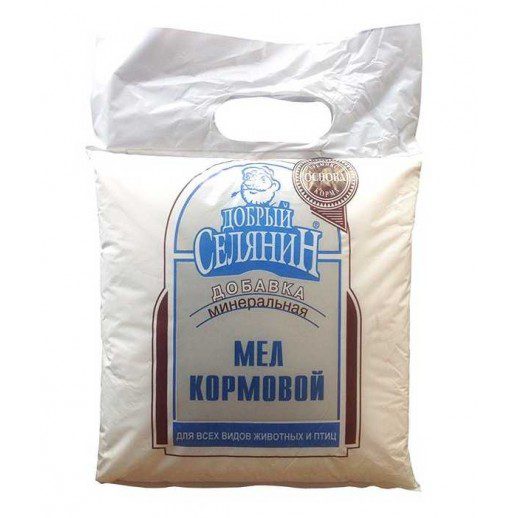
An alternative option for all types of turtles is the egg shell, which must be calcined in a pan and crushed. Calcium is also found in shell rock and fodder meal. For red-eared and land turtles, calcium-containing preparations are given in crushed form, sprinkling pieces of food with powder.
Quite often, experts advise purchasing sepia for turtles, which is placed in a terrarium for a pet. Sepia is an undeveloped cuttlefish shell; for turtles, it is a source of a natural mineral and a kind of indicator of a lack of calcium in the animal’s body. Turtles on their own happily gnaw on the cuttlefish bone until they lack the mineral element. If the reptile does not pay attention to the treat, then the pet does not lack a vital mineral.
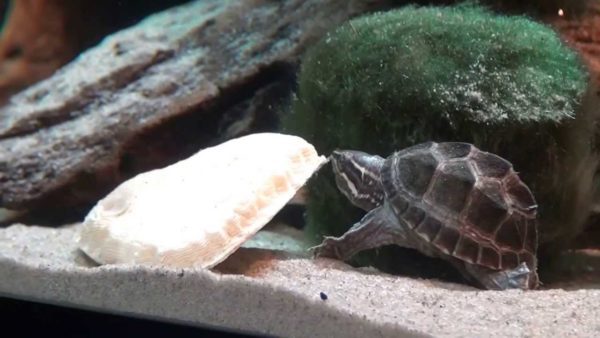
The key to long life and good health of an exotic pet is collagen, which is responsible for the elasticity of the pet’s skin and joints. Collagen is useful for mature and elderly animals; in the body of young turtles, it is produced independently. The source of collagen for red-eared turtles is sea fish with skin and squid, for all types of reptiles – wheat germ, seaweed, spinach, parsley, green onions.
Turtles live a very long time by the standards of pets, with good nutrition and care, their lifespan reaches 30-40 years. To preserve and prolong the life of a turtle, a beloved pet must receive decent care, nutrition and vitamin and mineral supplements from an early age.
What vitamins should be given to turtles at home
3.4 (67.5%) 16 votes



